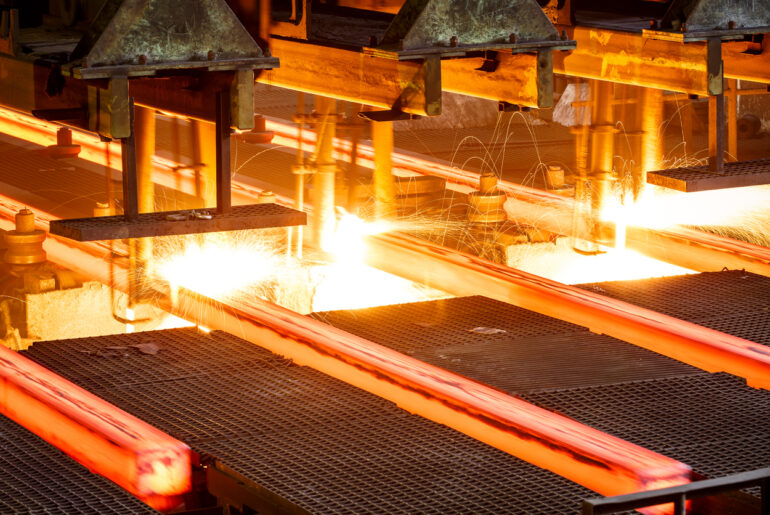The type of dust storm that abruptly obscured an Illinois roadway on Monday, resulting in the tragic death of seven individuals and a 72-car pileup, is increasingly occurring in certain areas of the U.S. Some experts argue that the severity of this phenomenon is often underestimated.
These storms frequently result in accidents, with a considerable number proving fatal. While there isn’t a comprehensive record of dust storm occurrences across the nation, a study published in the Bulletin of the American Meteorological Society in March identified 272 fatalities linked to dust storms between 2007 and 2017.
“This problem is heavily underestimated, understudied and underreported,” said co-author of the study Daniel Tong to NBC News, a research scientist at the National Oceanic and Atmospheric Administration and an associate professor at George Mason University.
Dust storms occur when strong winds lift soil and debris into the air, forming a dense, swirling mass that is difficult to see through or breathe in. These storms are especially hazardous on roads as they can impair a driver’s visibility. Authorities and automobile safety organizations like AAA recommend pulling off the road entirely in such situations, switching off the lights to prevent others from following you in the dark, and fastening your seatbelt until the storm subsides.
Factors such as drought, climate change, and land management practices contribute to an increased prevalence of dust storms in some areas of the U.S., like the Southwest. Research has shown that the occurrence of large dust storms in this region more than doubled between 1990 and 2011.
“A dust storm is not only a weather phenomenon in the desert, it can happen anywhere in the country,” Tong said to NBC News. “It can come from a farm, it can come from a school playground, even people’s backyards. If the land is not covered by vegetation and there’s a strong wind, that can be a dust storm.”
According to the Meteorological Society report, the states experiencing the most frequent dust storms and highest death tolls are Texas, New Mexico, Arizona, and California. Illinois is an exception, with only two dust-related fatalities on record, both occurring in 2017. In Western states, diminishing or dried-up lakes have played a major role in generating dust pollution. Last autumn, the Great Salt Lake’s water levels dropped to a record low, revealing a large portion of the lakebed and fostering an environment for dust storms. These storms, carrying toxic metals, now pose a risk to the 2 million residents living in close proximity.
“If you breathe particles of stuff in the air and it gets into your respiratory tract, in your lungs, it’s going to cause irritation whether it’s toxic or not,” Tom Gill, a professor in the environmental science and engineering program at the University of Texas at El Paso, said to NBC News. “It adds to the burden of air pollution.”
Although dust storms are growing more common in the Southwest, other areas might see a decrease in their frequency as overall precipitation levels rise. However, potential dangers remain. Researchers like Gill express concern about the effects of flash droughts—instances when extreme temperatures quickly dry out the landscape amid periods of fluctuation—and the impact these patterns could have on generally wetter regions of the U.S. with intensive agricultural activity.




